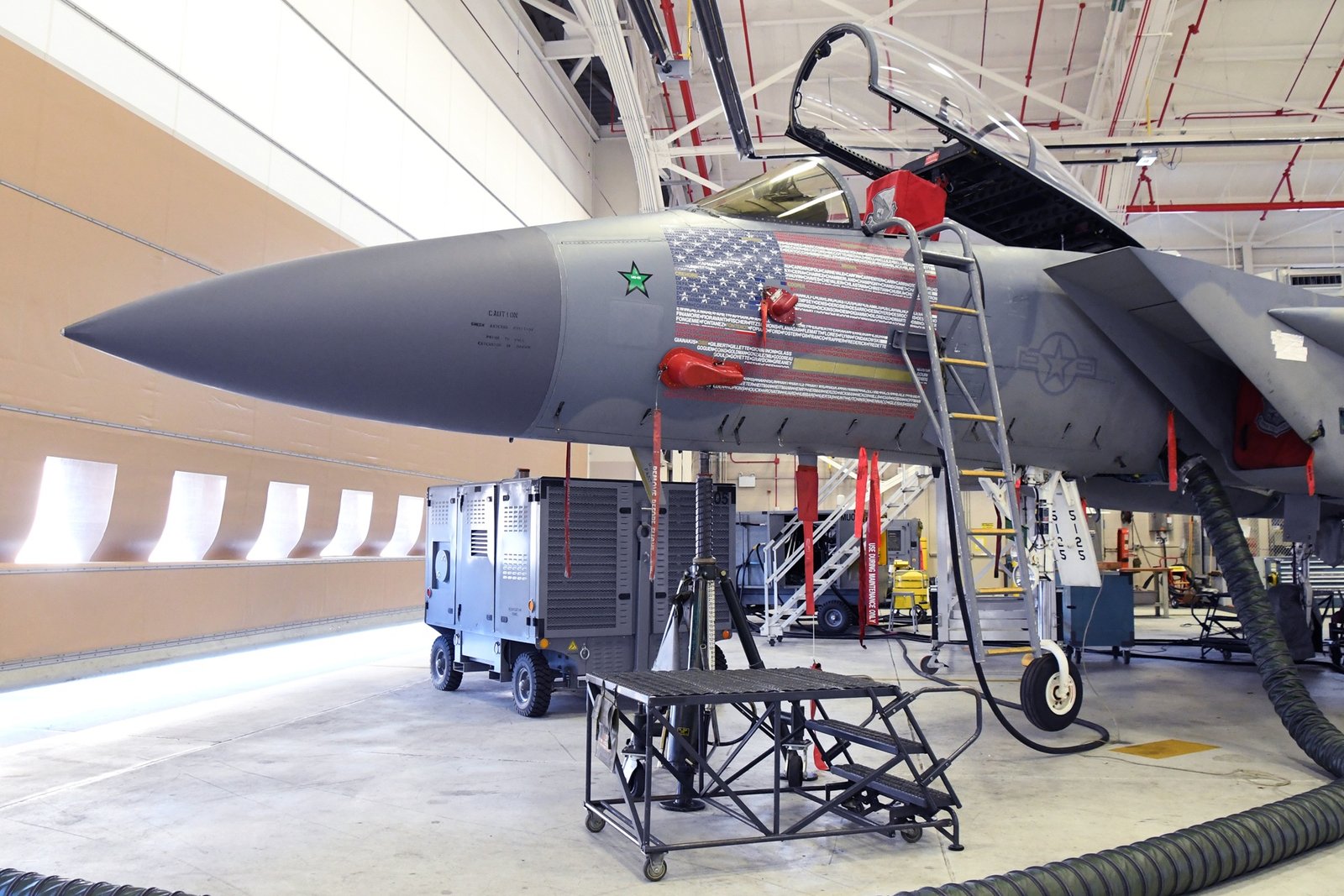
Boeing Tests Faster Military Parts Delivery System
Boeing and the Defense Logistics Agency have begun testing a new contract-and-delivery approach intended to shorten the time it takes for military aircraft parts to move from request to arrival.
The model, known as Rapid Delivery Release, or RDR, is designed to cut the proposal and award cycle and enable immediate action once demand appears.
According to Boeing, the new process allows the company and the government to pre-identify parts likely to be needed. When a request comes in, Boeing receives the authority to proceed at once rather than waiting for a full proposal and contracting review. Early results show that the new model may deliver parts several months faster than the current system.
The first test of the RDR approach was carried out on parts for U.S. Air Force F-15 aircraft. Boeing says the parts selected were chosen specifically to validate internal workflows, handoffs between teams, and the readiness of the supply chain. The trial was intended to confirm whether the process could support urgent requirements and help maintain fleet readiness.
Boeing stated that all deliveries under the test so far have reached the customer sooner than they would have under the legacy process. The ability to shorten wait times is central to the model, particularly in situations where aircraft must be repaired quickly to remain in service.
The company said the initial results show promise for more time-sensitive needs, including Aircraft on Ground situations and surge support when demand increases suddenly.
In a statement, Ian Fairless, senior manager for the DLASP Program, said, “The customer is very pleased with the concept so far. They are learning quickly and making process changes as issues come up. It is great to know that we are supporting the customer and warfighter to get parts they need sooner. The next step is continuing the platform-by-platform kickoff and expand support with a larger part list. Congrats to the team for launching this concept and finding new ways to provide for our customers.”
The company describes RDR as aligning contract structure, supply chain responsiveness, and internal execution to deliver faster results. Rather than designing each contract from scratch, the approach allows the customer and Boeing to establish a framework first, then use it repeatedly when requirements arise.
As noted by Boeing, this method does not replace current acquisition procedures but provides an alternative when readiness and response speed are priorities. The traditional process remains in place for situations where price competition, long-term budgeting, or broader procurement planning are necessary.
The first demonstration took place with F-15 support, but Boeing says interest has already grown across other platforms. The company and government partners are currently testing similar part lists for the F/A-18 and AV-8B, and Boeing is preparing supply chain resources in Mesa, Arizona, and Philadelphia, Pennsylvania, to support expansion of the model for vertical-lift aircraft.
For U.S. readers, the development matters because it relates to how fast military aircraft can return to service and how well the Department of War can respond during emergencies or sudden increases in operational demand. Maintenance delays can reduce aircraft availability, and supply chain speed affects training schedules, deployment cycles, and overall readiness.
The RDR model represents a shift toward treating time as a primary factor in logistics, especially for legacy platforms that must remain operational while newer systems are introduced. If the approach scales effectively, it could influence how contracting is handled for a wide range of aircraft and support equipment, potentially reducing downtime across multiple fleets.
The next phase will determine whether RDR becomes a standard alternative path in military logistics or remains limited to specific cases. Much will depend on how the process performs during higher-priority or higher-volume requests, and whether both industry and government can maintain the pace without reducing oversight.
For now, the first trial suggests that faster support is possible when processes are tailored for urgent operational needs. The coming months will show whether this model can expand without losing the control and accountability that contracting frameworks are designed to maintain.


